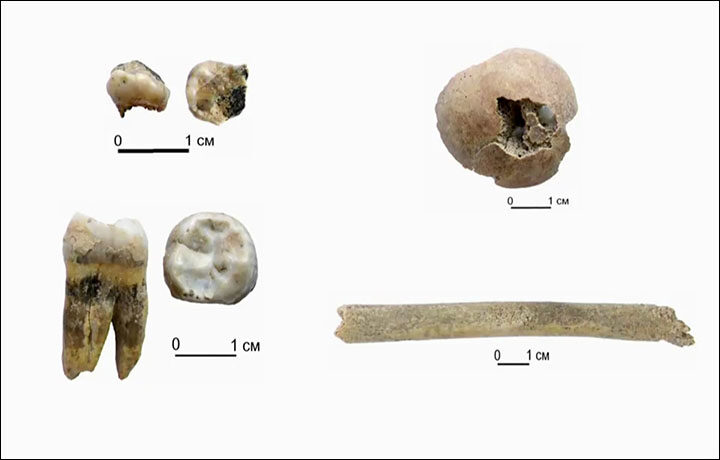
Comment: Meanwhile much of the West ground to a halt with researchers resorting to searching Google maps: Possible lost henge discovered online as lockdown shuts onsite excavations
The team of Novosibirsk Institute of Archeology and Ethnography worked in the lowest - the oldest - layers of culture-containing soil in the southern gallery of the cave, dating to 300,000 years ago.
Two teeth - a milk and a molar - were both found within that layer, with the milk tooth discovered at its bottom which would date it to approximately 250,000 years, and the molar found at the top of the layer, with the approximate dating from 170,000 to 190,000 years.

Both teeth belonged to Denisovans - an extinct group of ancient human, that lived across Asia during Lower and Middle Paleolithic times, said head of the Denisova Cave expedition Mikhail Shunkov.
It was inside the Denisova Cave in 2008 that Siberian scientists discovered a tiny finger bone fragment of an 'X woman', a juvenile female believed to have lived around 41,000 years ago.
Analysis showed she was genetically distinct from thick-browed Neanderthals and modern humans.
The recent addition to the human family tree was christened Denisovan.
The outstanding finds have definitively confirmed the earlier theory that the Denisovans migrated from the Middle East about 300,000 years old, Mikhail Shunkov said.
Two fragments of the bones were also unearthed this summer in layers 14 and 13, which means they are aged 130 and 120,000 years.

The Denisova Cave lies at the border of the Altai region and the Altai Republic in the south of Western Siberia.
Locals call it Ayu Tash, which means the Bear Rock.
The world famous cave first caught attention of Soviet scientists in 1970s, when they found paleo-archeological remains which led to further research.
It is relatively small with the floor area of about 270m2.

Some 3,000 generations back this hole must have been a great chimney for our ancestors.
The cave is nicely positioned above river Anuy, which must have given all three hominids - the Neanderthals, the Denisovans and the Homo Sapiens - some stunning sunset views over the past 120,000 years.
Now the site now has a permanent research camp, a pride of Novosibirsk Institute of Archaeology and Ethnography.
Another sensational discovery brought the world's attention to the Denisova Cave in August 2018, when the research showed that early humans of different ancestry met, had sex and had children.
Analyses of a 90,000 years old bone fragment found in the Denisova cave in 2012 - which likely belonged to a teenage girl- showed that she had a Neanderthal mother and a Denisovan father.
This is the first known hybrid of these groups.
The discovery was dubbed the eureka and the holy-grail moment evolution researchers have been hoping for years.
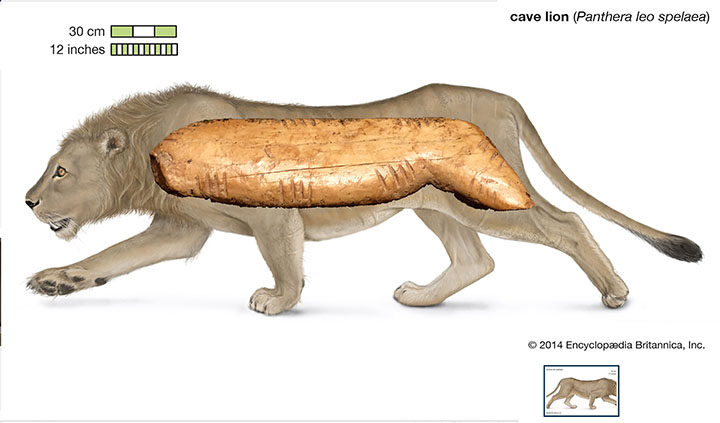
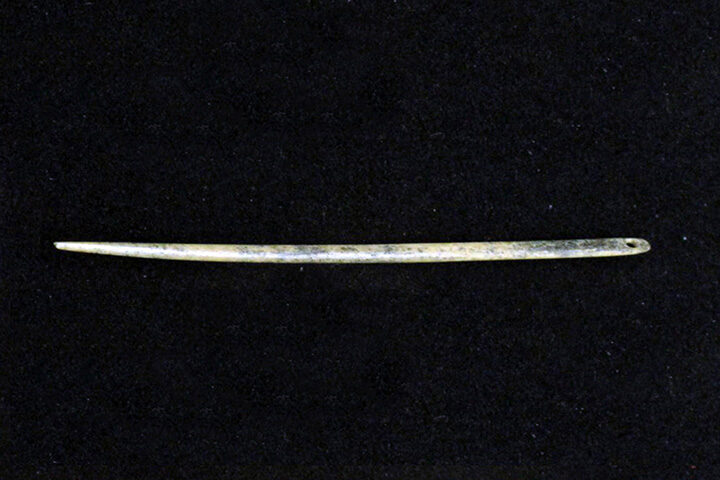
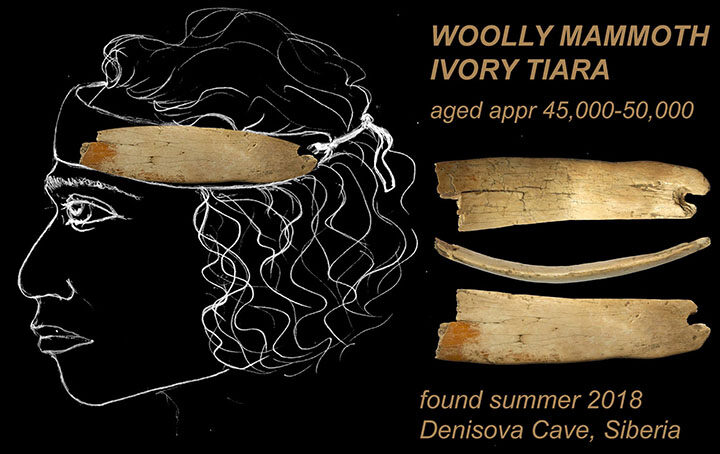
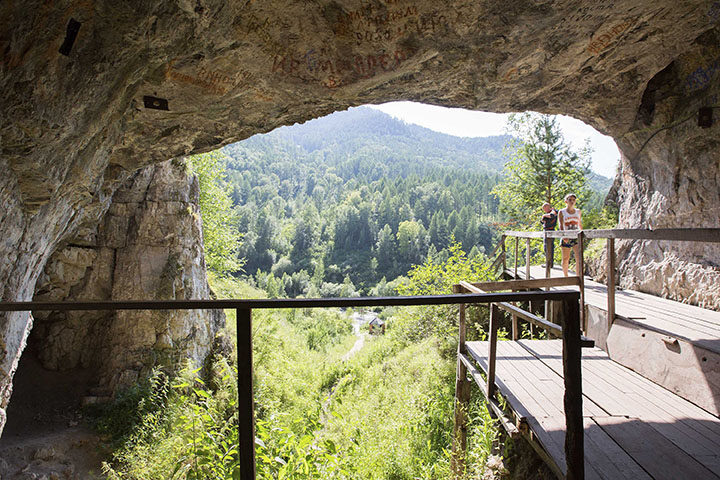



Yet another Guinness World Record Breaker, ladies and gentlemen!!!!!